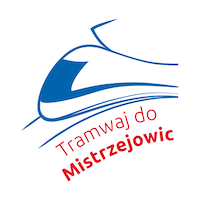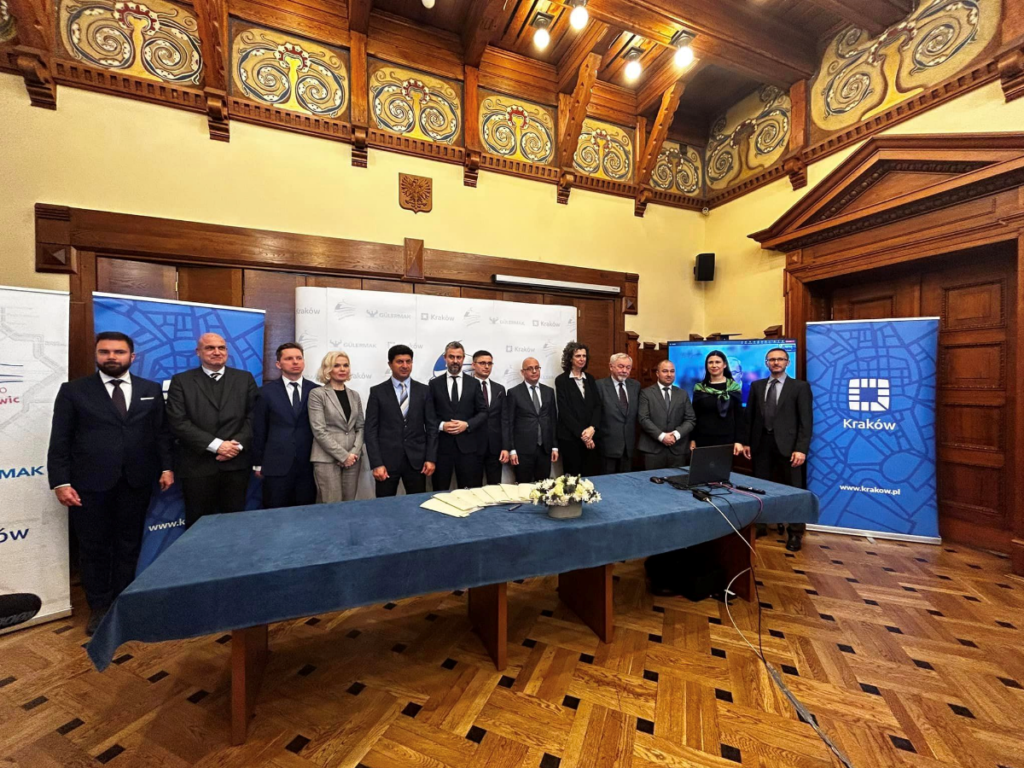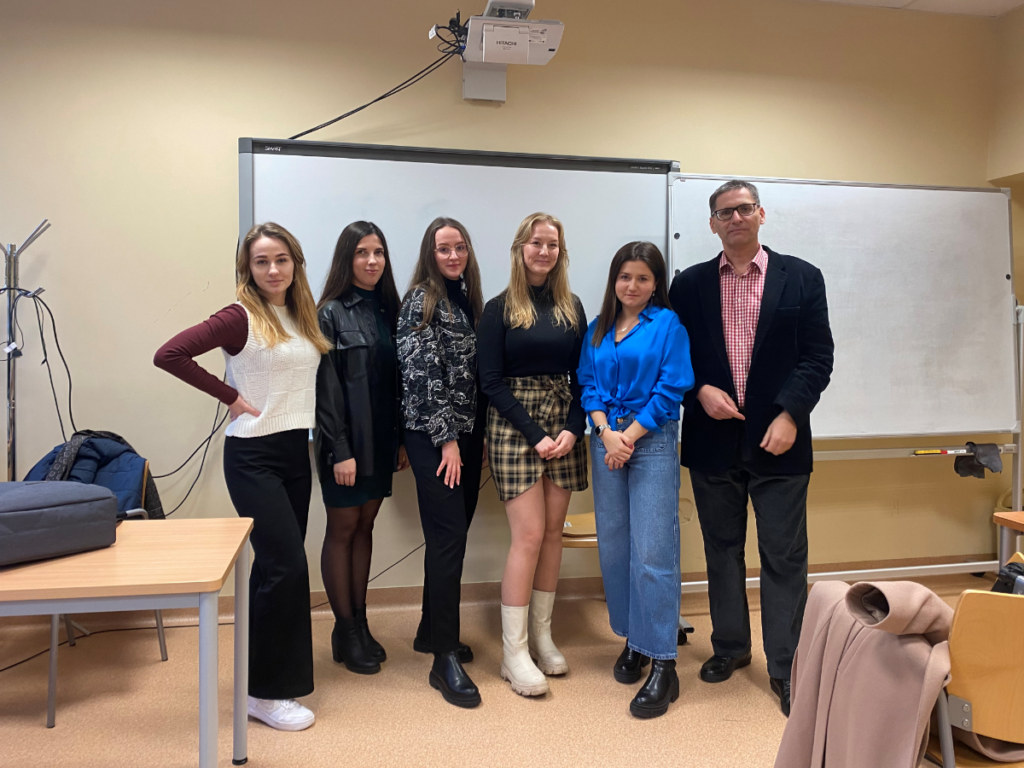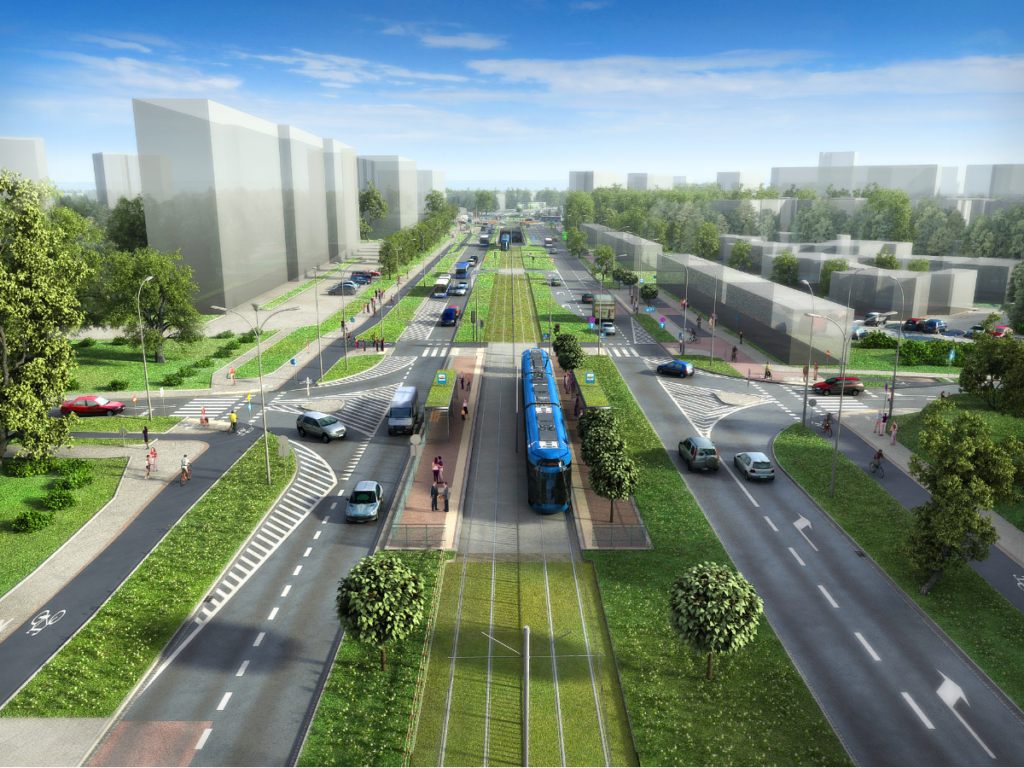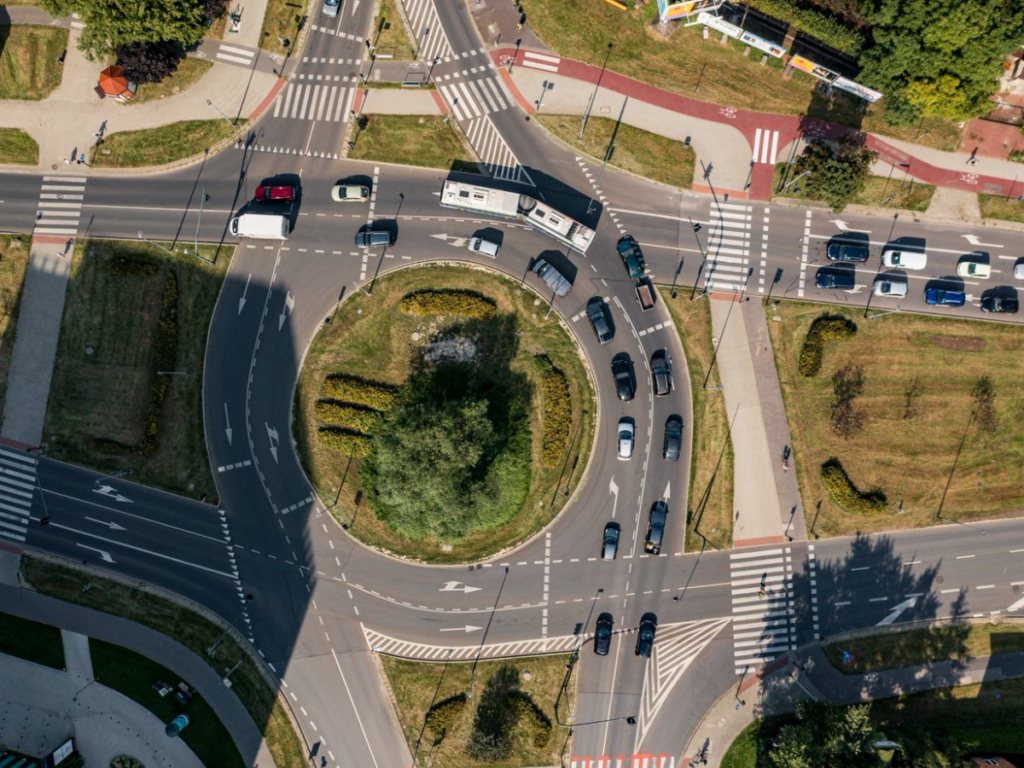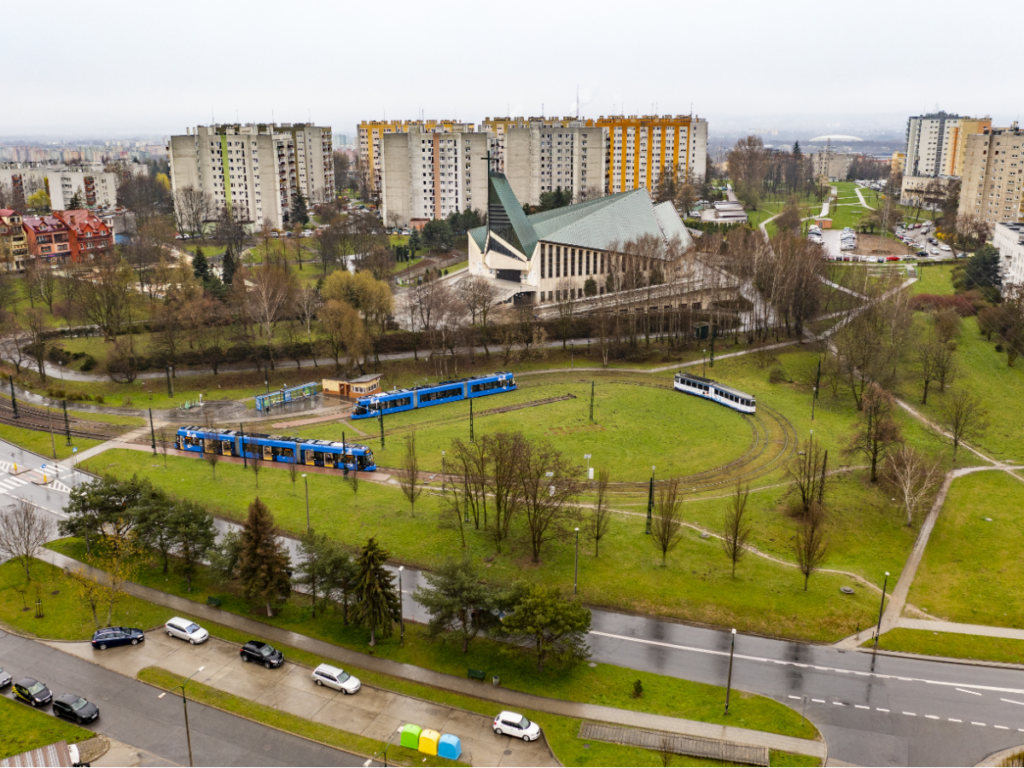In the spring of 2023, once the RCC decision (ZRID) is obtained, construction works for the tram route to Mistrzejowice will start. If everything goes according to plan, the new 4.5-kilometer track section – made in the public-private partnership formula – will be completed at the end of 2025.
On 30 January, a direct agreement was signed for the investment of Stage IV of the expansion of Kraków Fast Tram. The agreement, signed by the City representatives, the contractor (Gülermak) and the financing institutions, finalizes several years of documentation work and works on financing the largest transport project in Poland to be made in the public-private partnership formula.
– The tram route to Mistrzejowice is the largest transport project in the public-private partnership model in Poland. The fourth stage of the Kraków Fast Tram expansion is a 4.5-kilometer route between the terminus in Mistrzejowice and the intersection of Meissnera and Lema Streets – says Jacek Majchrowski, the President of Kraków.
Shortened travel time to the city center
Tracks will run from the intersection of Jana Pawła Avenue with Lema and Meissnera Streets, then along Meissnera, Młyńska, Lublańska, Dobrego Pasterza, Krzesławicka, Bohomolca, ks. Jancarza streets up to the existing terminus of Mistrzejowice. The investment is worth a total of PLN 1.92 billion.
– This connection will shorten travel time to the city center by approx. 12 minutes. Trams will be launched here at the end of 2025. The route includes a tunnel with a multi-level transfer hub in the vicinity of the Polsadu roundabout – adds Jacek Majchrowski.
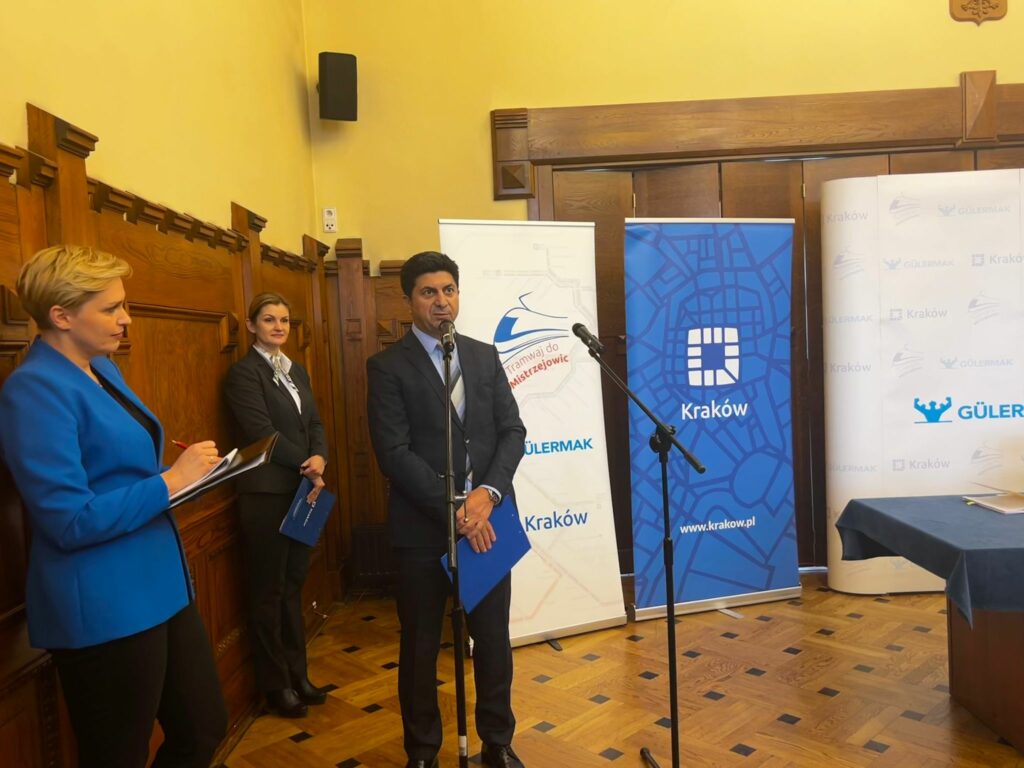
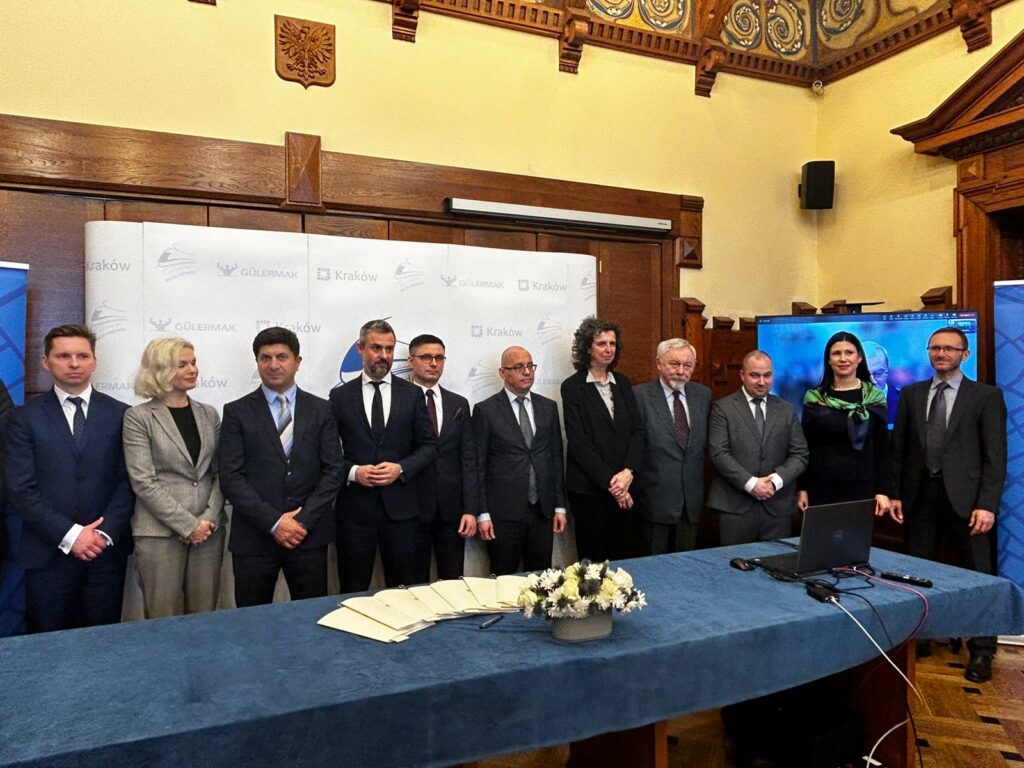
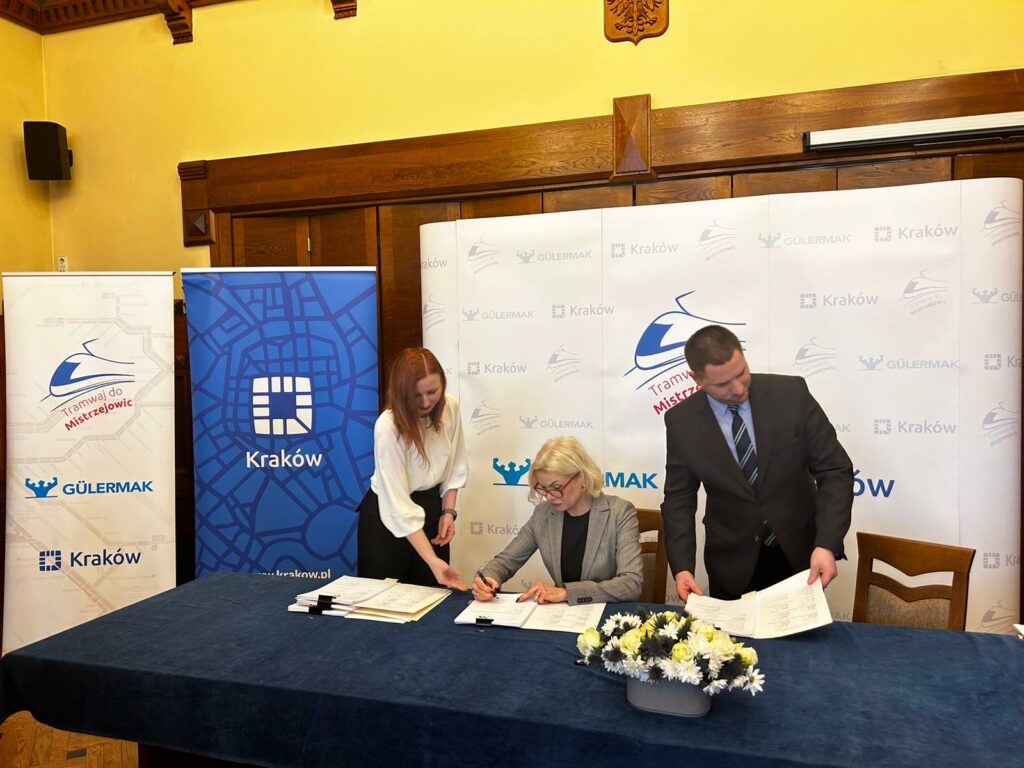
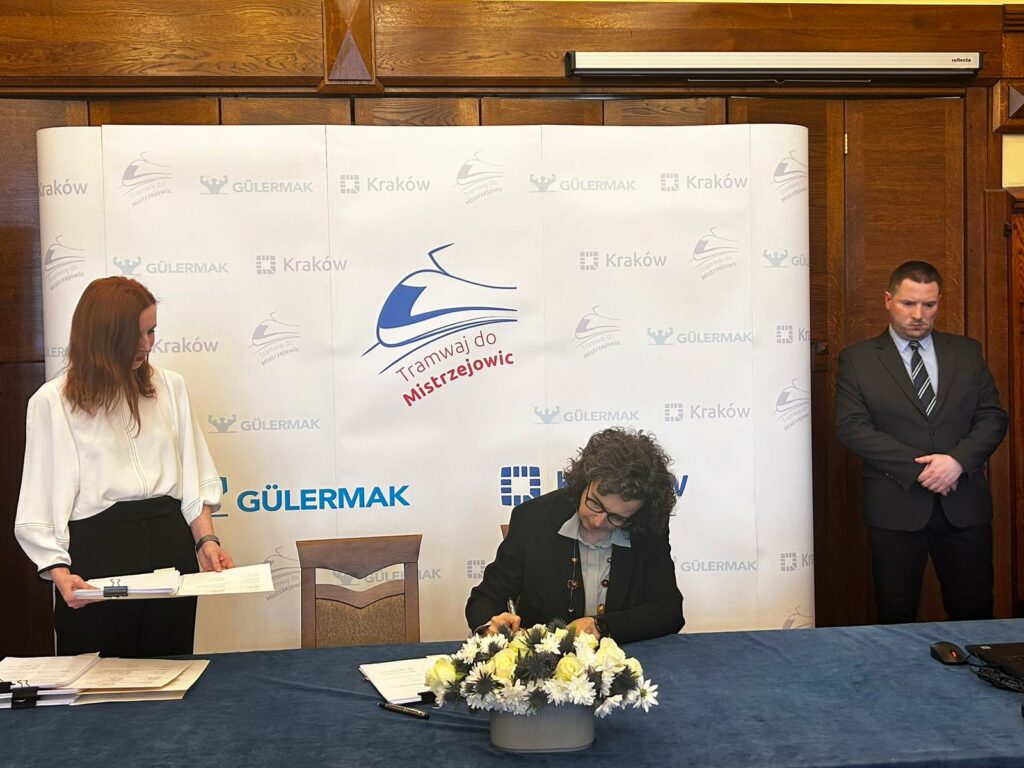
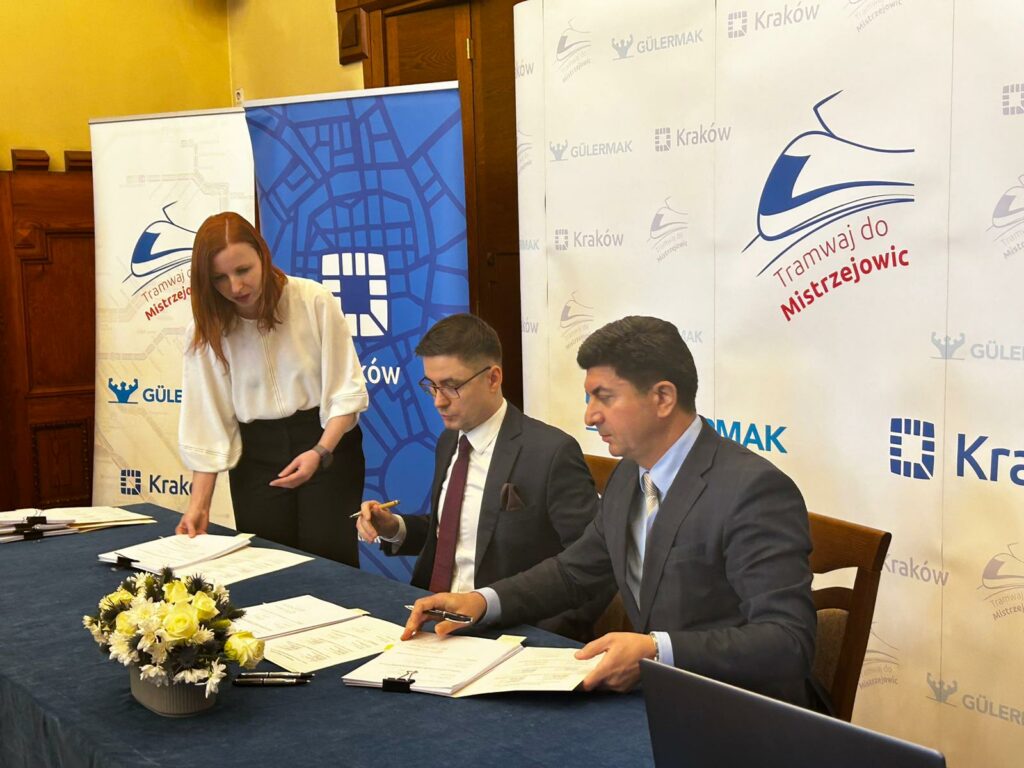
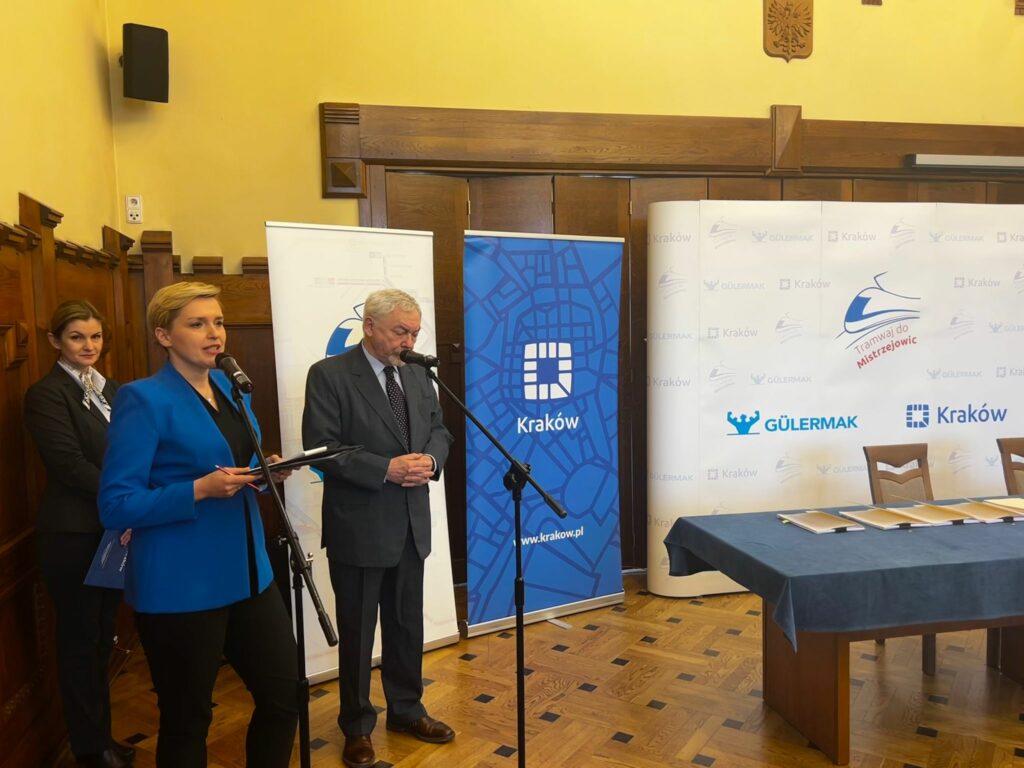
The biggest PPP project in Poland
Pursuant to the agreement signed in December 2020 between the City of Kraków (the public entity) and the consortium of PPP Solutions Polska and Gülermak Ağır Sanayi İnşaat ve Taahhüt (the private partner), the latter is to secure financing, design, obtain the necessary construction consents and implement the tram route to Mistrzejowice. It will then take care of its infrastructure for 20 years. The city will take it over afterwards.
This is the biggest project of this kind in Poland. Kraków’s experience will serve as the basis for guidelines developed by other local governments wishing to use this formula to implement similar projects. The entity responsible for the project on behalf of the city is Kraków is Kraków Municipal Road Authority (ZDMK).
The European Investment Bank agreed to co-finance the investment. Other co-financing institutions are the European Bank for Reconstruction and Development, Bank Pekao SA and the Polish Development Fund (PFR).
– We are now waiting just for the RCC decision to authorize the implementation of the road investment. Actual works will begin in the second quarter of this year – says Jacek Majchrowski.
Kraków model for partnership
Public-Private Partnership is an investment model based on long-term cooperation of a public entity (e.g. a city, a commune) with a private partner. Benefits, as well as the responsibility involved in the cooperation, are split between both parties in line with an agreement whose purpose is to improve the quality of infrastructure and services available to residents.
– We realize that residents have been waiting for the construction of this route for a long time. We had this in mind in recent months while compiling hundreds of documents, holding complex negotiations and preparing to meet the stringent requirements of the financing institutions. Already today we can say that this unique project will set new standards and will be a role-model in Poland and across Europe. Working hard we adapted the project to the subsequent requirements set by the City of Kraków – we prepared the infrastructure to serve the future premetro and reduced the impact of the investment on the environment – says Bülent Özdemir, Country Director Poland with Gülermak.
The Kraków PPP model for the construction of KST IV assumes payment for the availability of infrastructure. This means that the city will pay a certain amount successively if the infrastructure is maintained to an appropriate standard and operational for tram traffic. As a consequence, we minimize interruptions in tram operations on this route.
The PPP leverages on the private party’s experience to build modern infrastructure and reduces investment costs throughout its life cycle.
